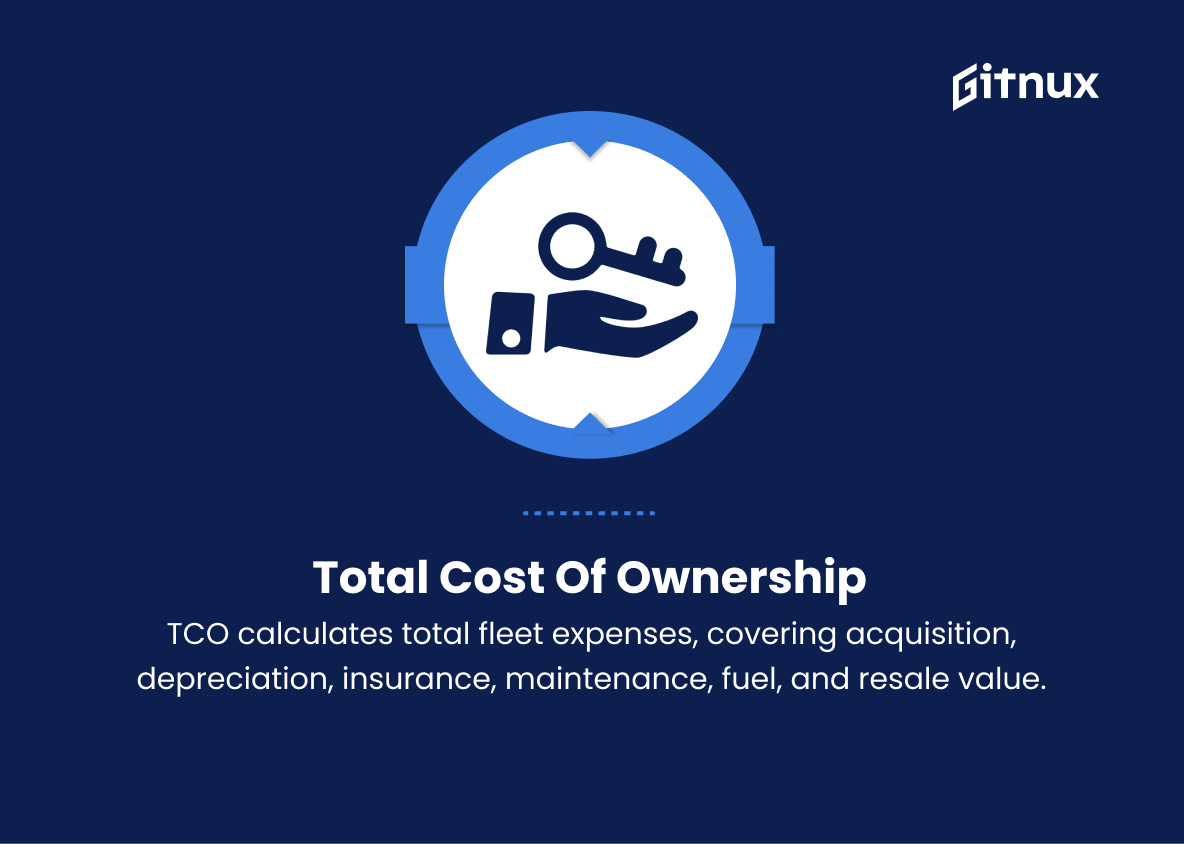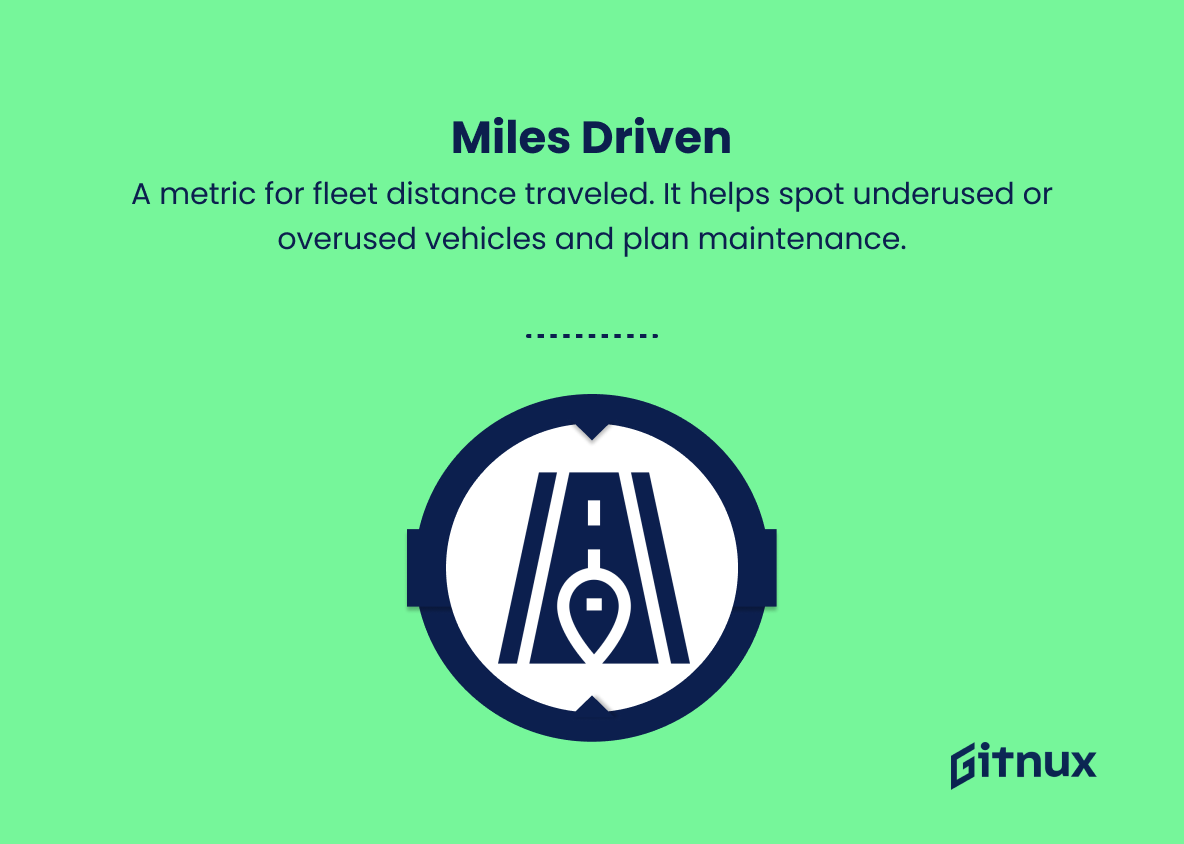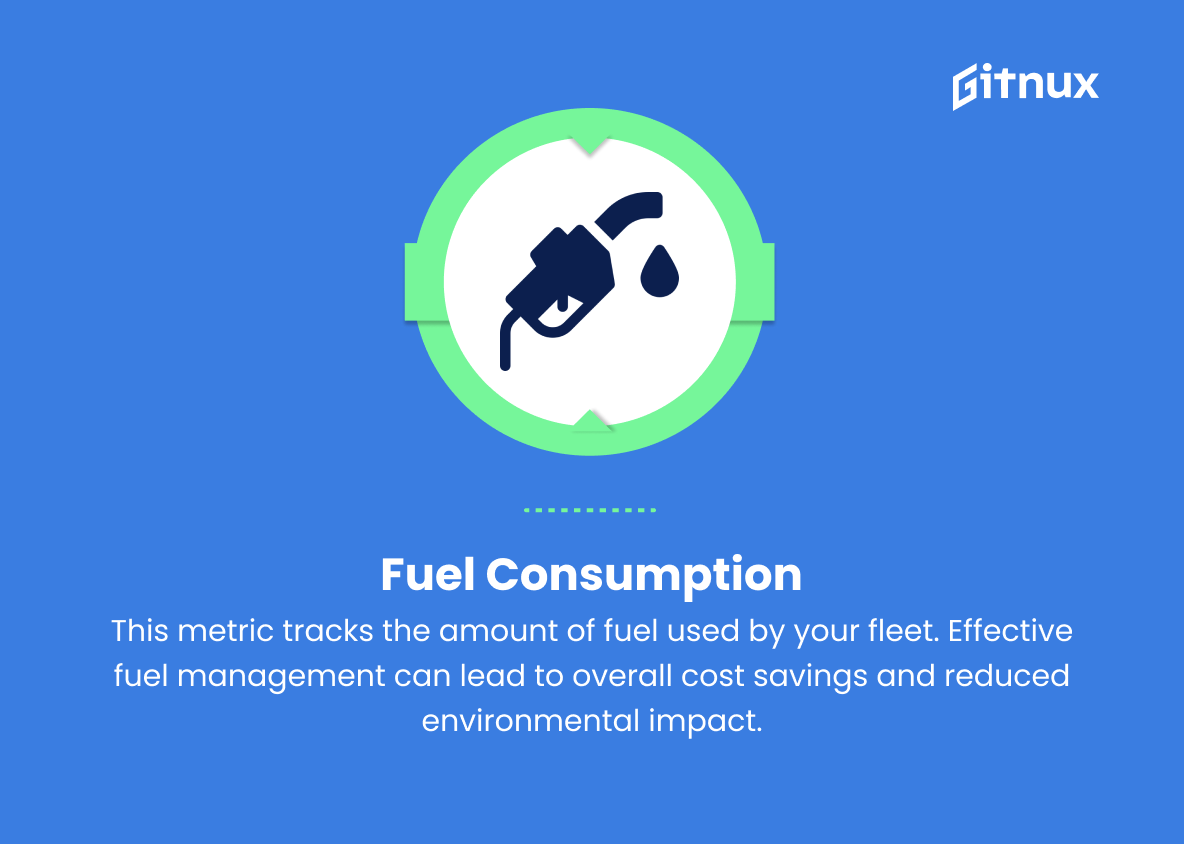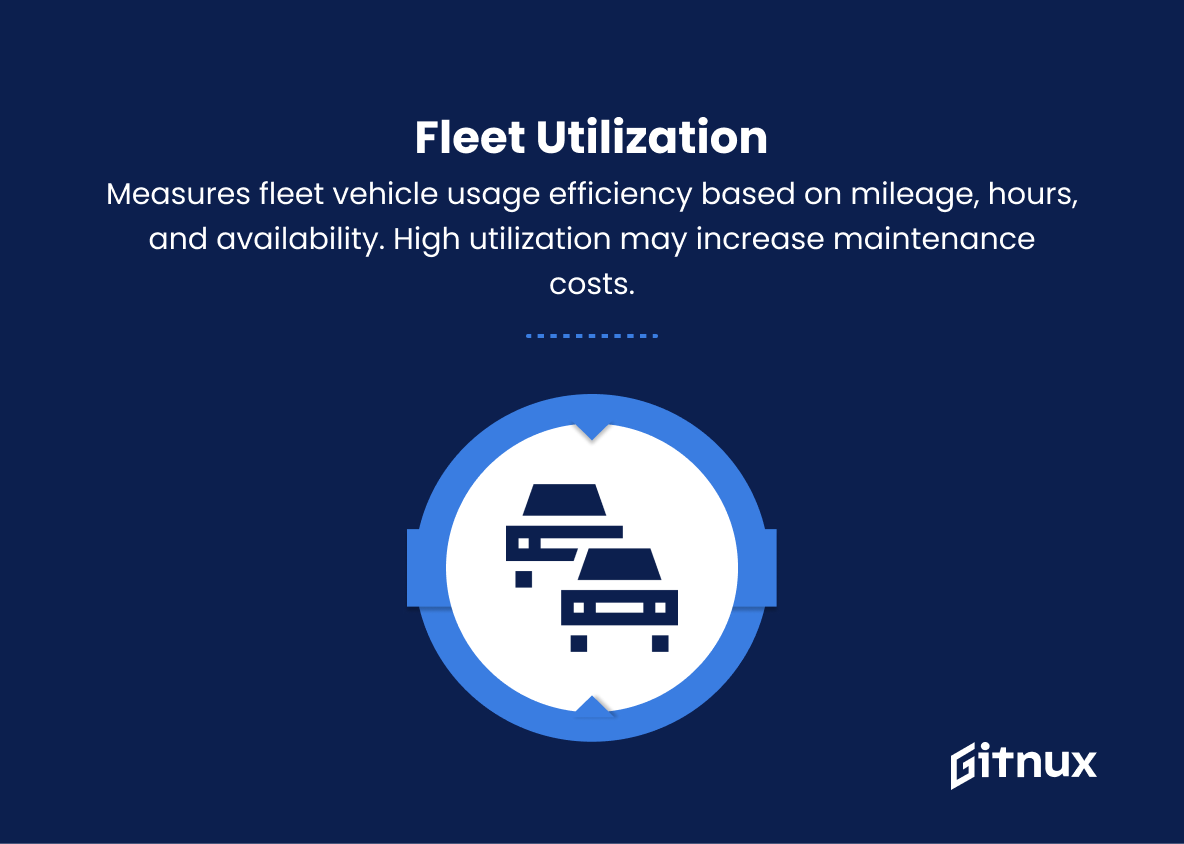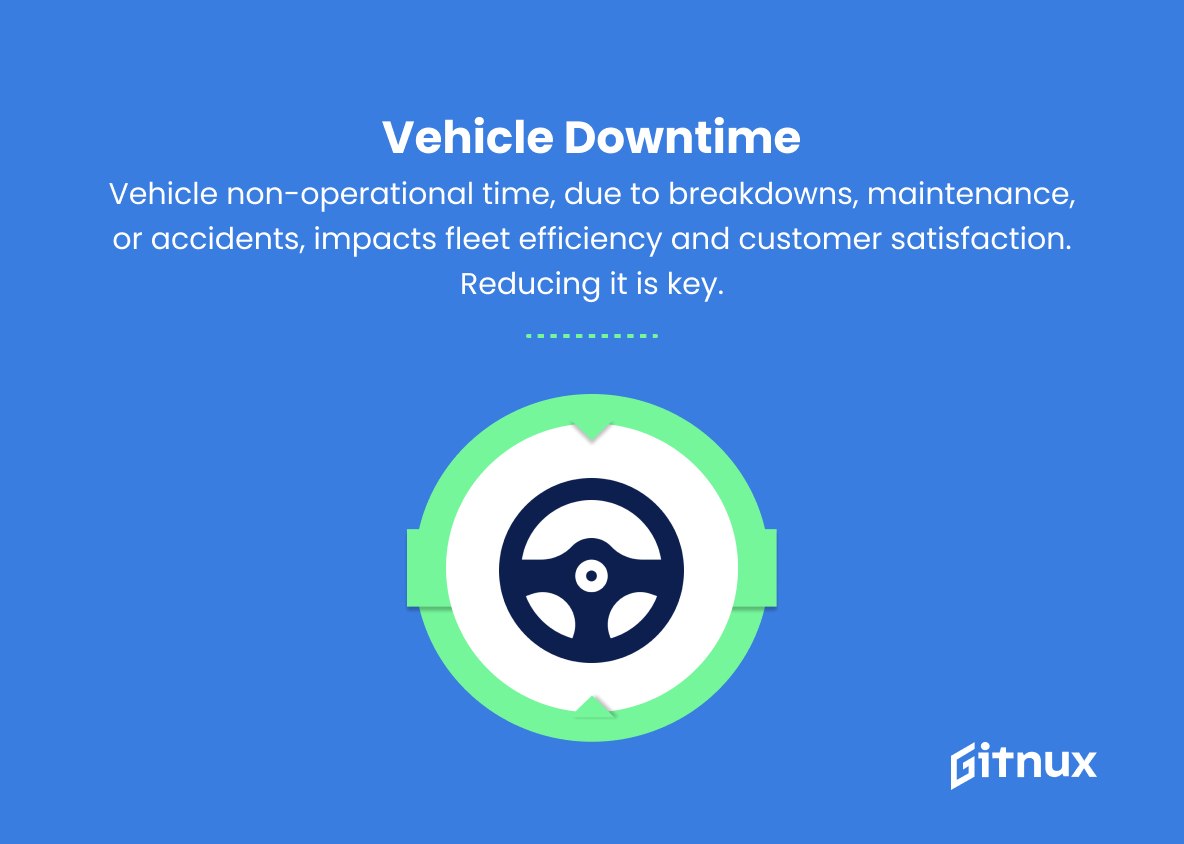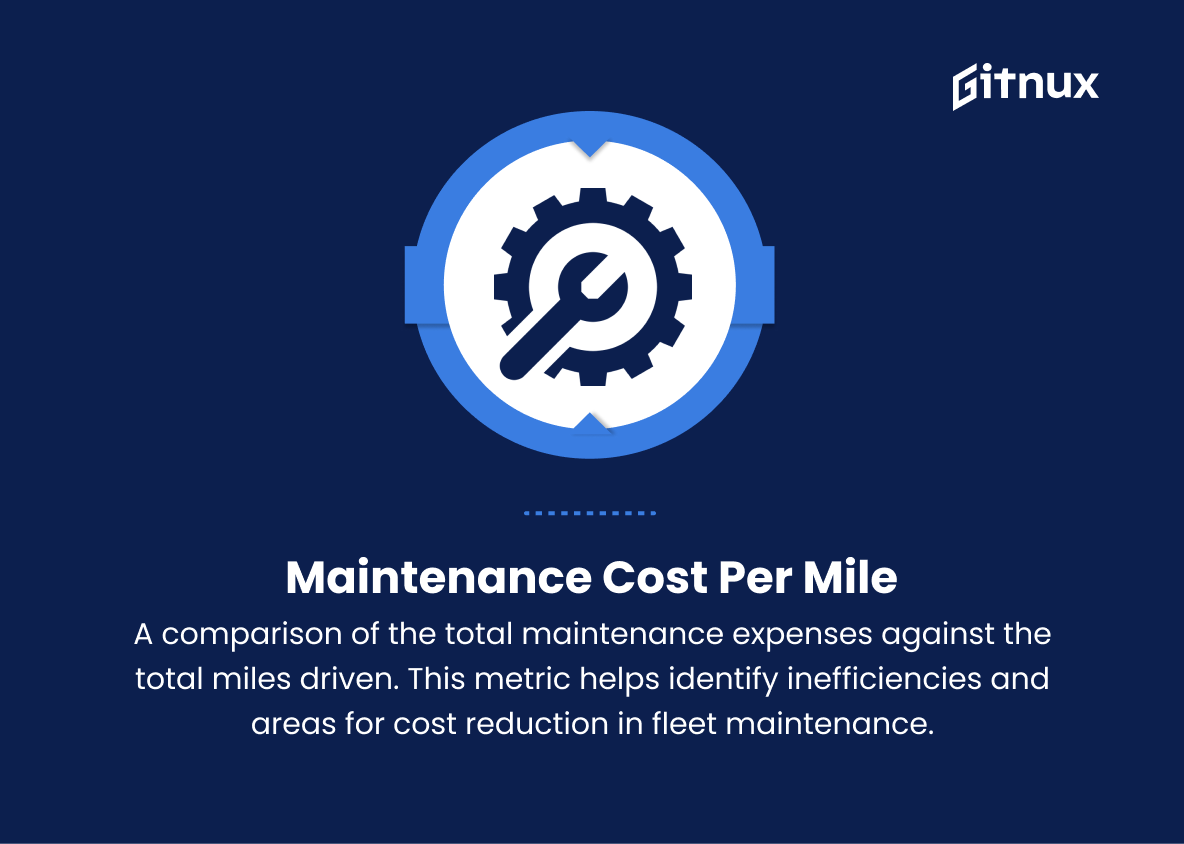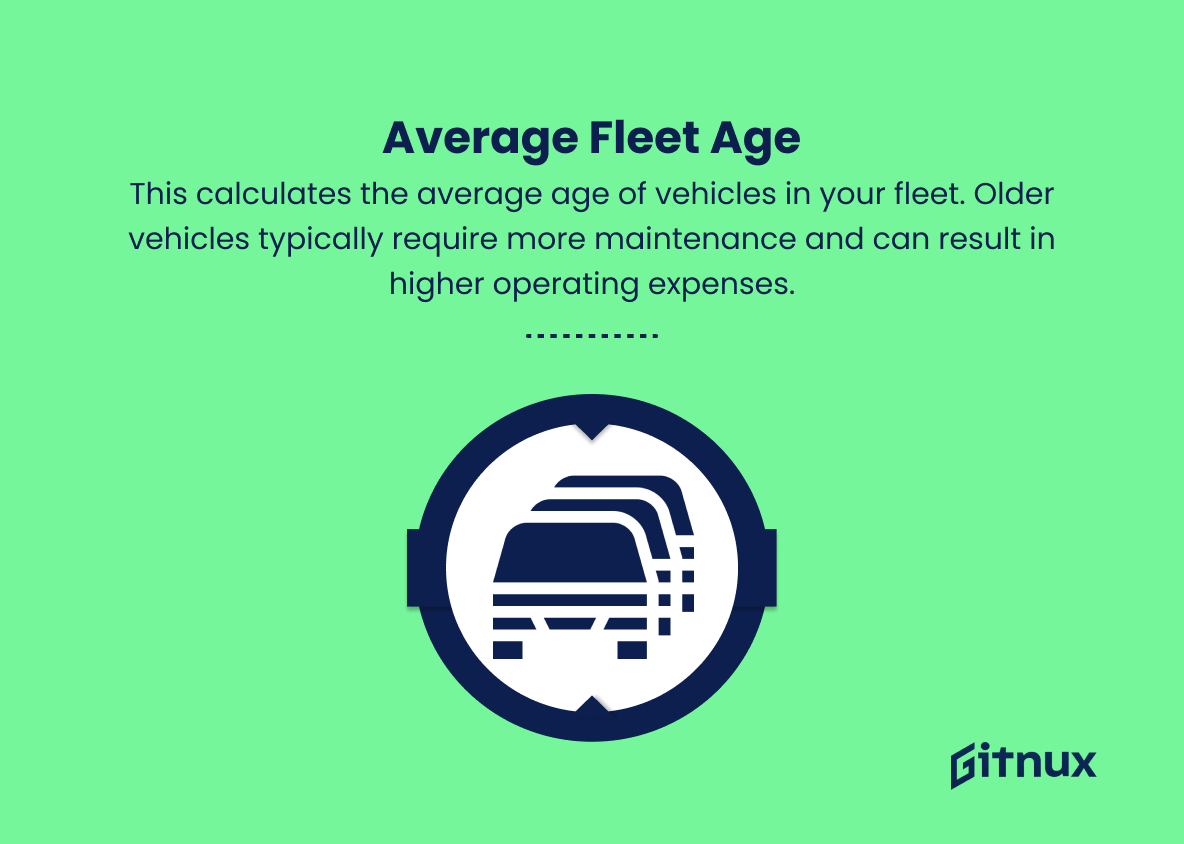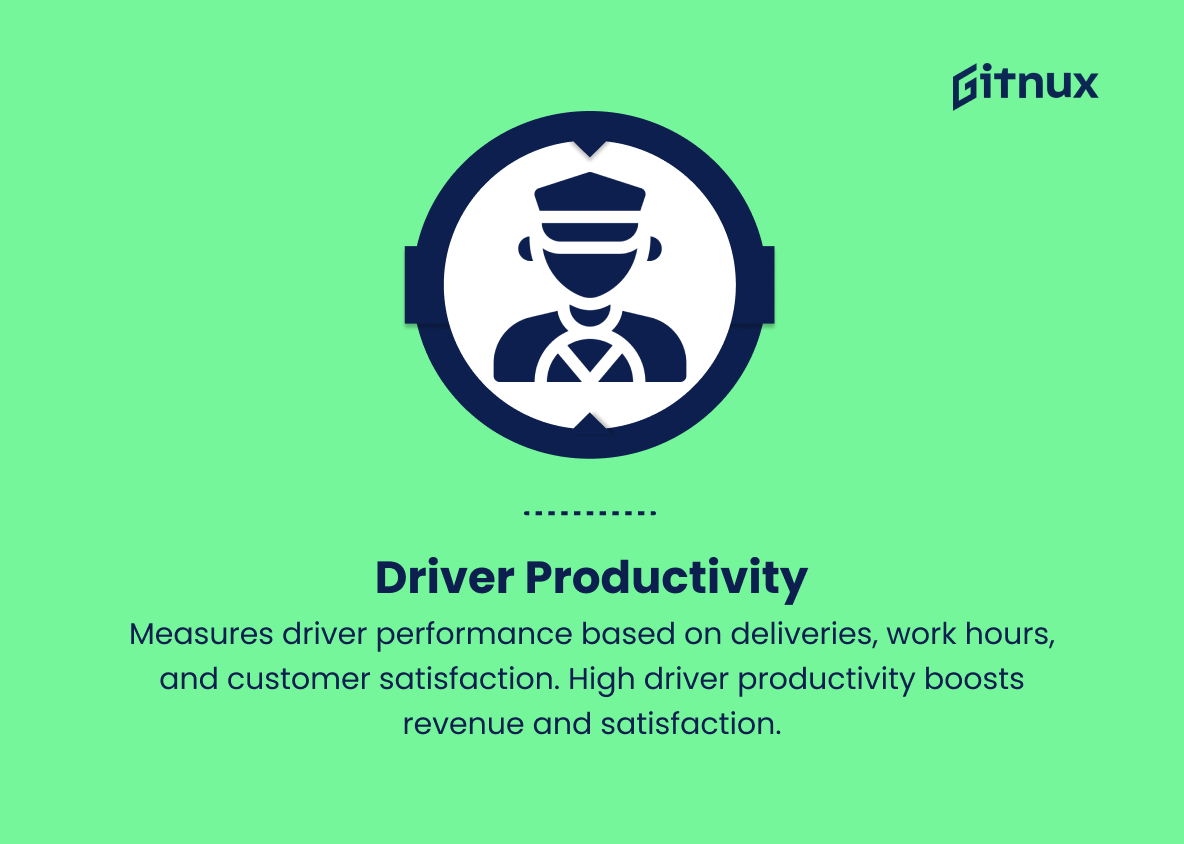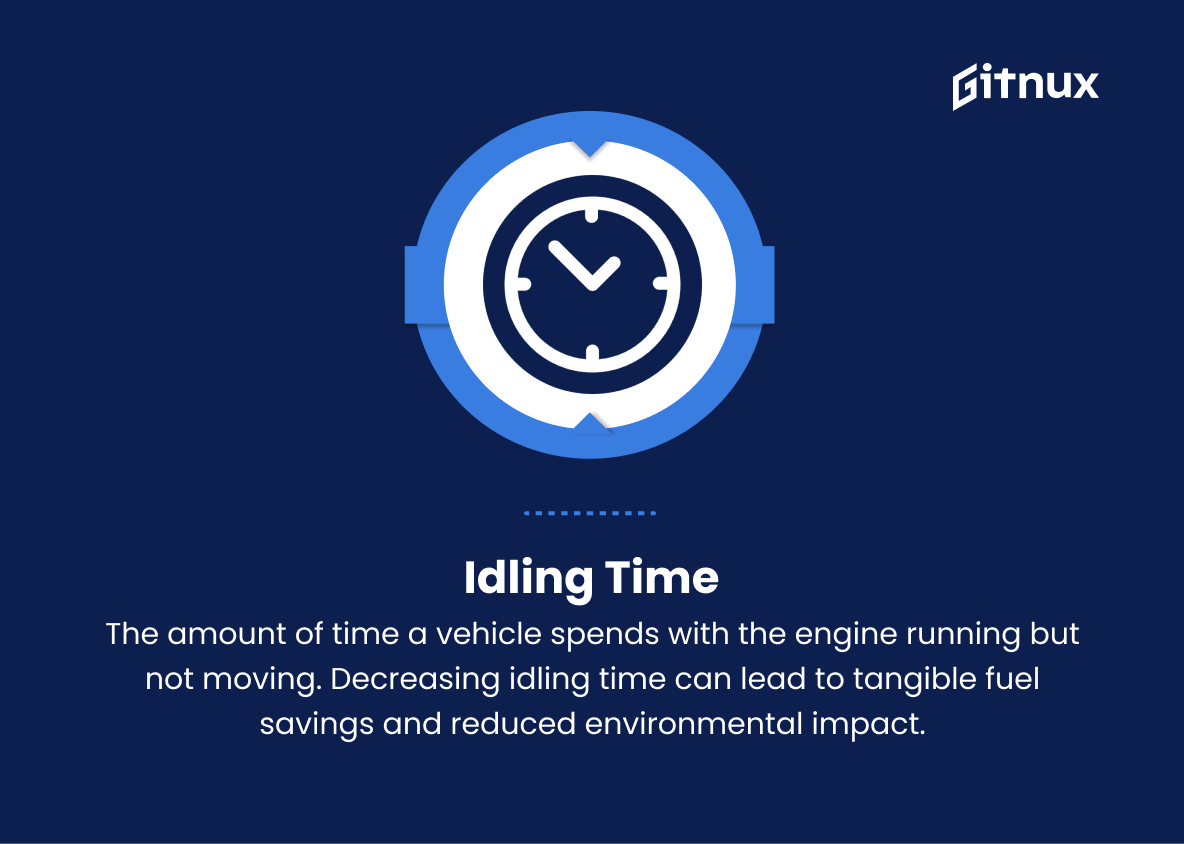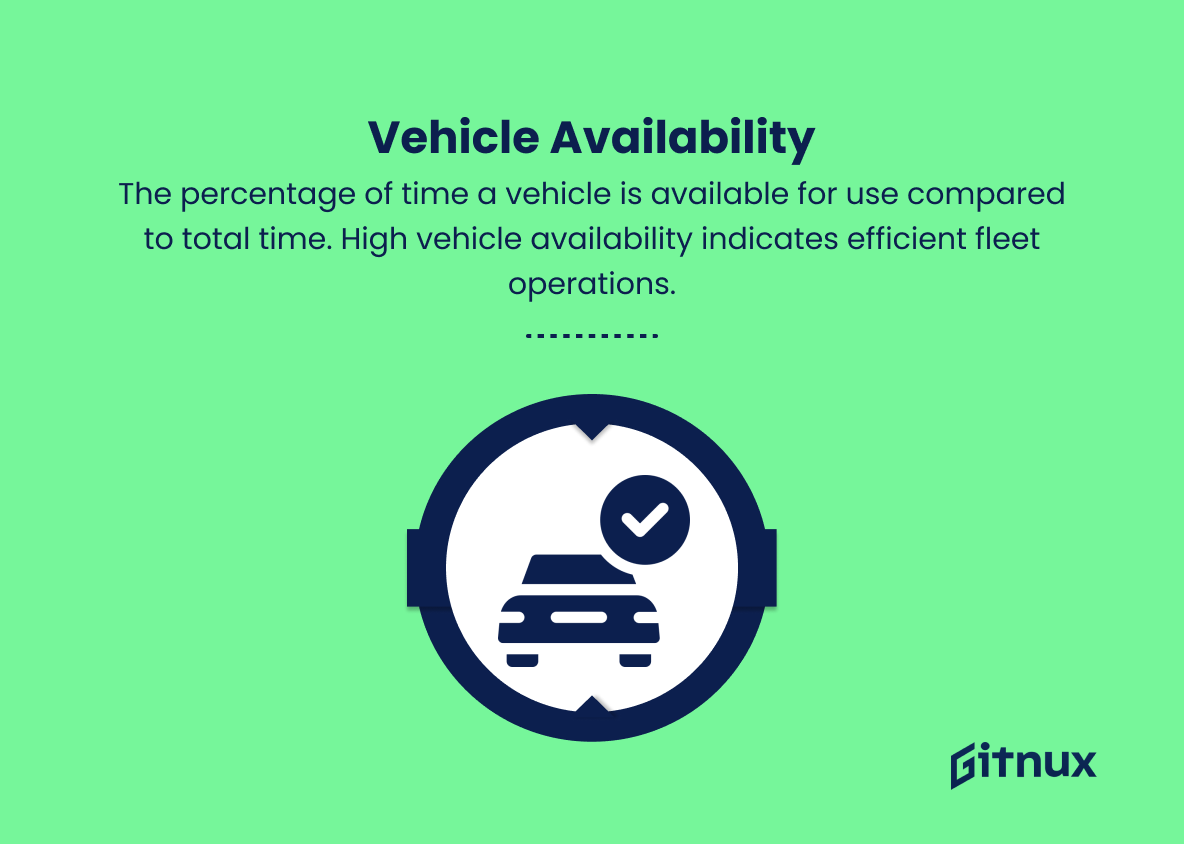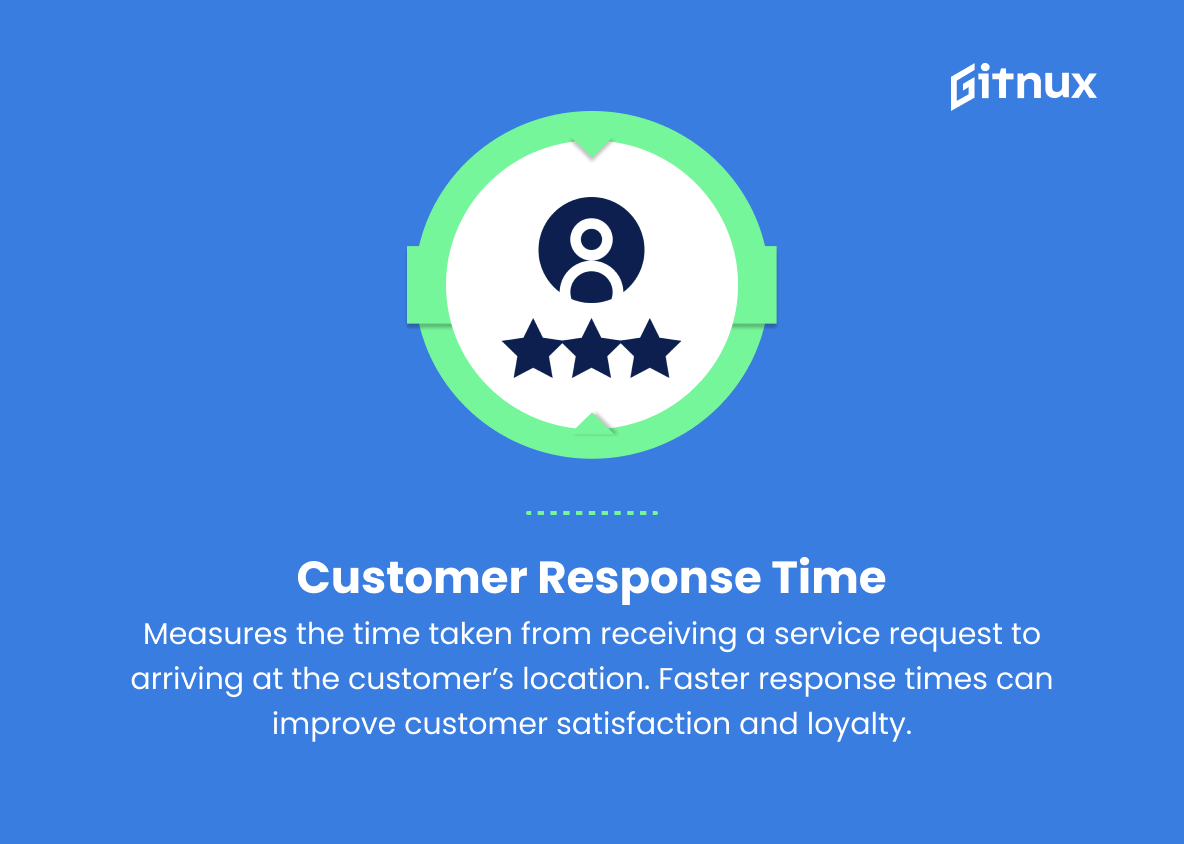In today’s fast-paced and competitive business environment, effective fleet management is crucial for organizations that rely on transportation to maintain streamlined operations and achieve optimal productivity. It’s no longer sufficient to merely monitor your vehicle’s fuel consumption, maintenance records or driver behavior.
To succeed and stay ahead of your competitors while ensuring cost-efficiencies, you need to have a thorough understanding of critical fleet management metrics. In this blog post, we will delve deep into the world of fleet management metrics, highlighting their importance, and providing actionable insights to help you harness the power of data to optimize your fleet operations. Welcome to your ultimate guide to the key performance indicators that will redefine your approach to managing an efficient and agile fleet.
Fleet Management Metrics You Should Know
1. Total Cost of Ownership (TCO)
This metric calculates the overall expenses related to acquiring, operating, and maintaining vehicles within the fleet. TCO includes factors such as acquisition cost, depreciation, insurance, maintenance, fuel costs, and resale value.
2. Miles Driven
A simple metric that measures the distance covered by your fleet. Monitoring miles driven helps to identify underutilized or overutilized vehicles and plan maintenance schedules accordingly.
3. Fuel Consumption
This metric tracks the amount of fuel used by your fleet. Effective fuel management can lead to overall cost savings and reduced environmental impact.
4. Fleet Utilization
Measures how effectively the fleet’s vehicles are being used based on factors like mileage, hours of vehicle use, and overall availability. High utilization can lead to increased maintenance frequency and cost.
5. Preventive Maintenance Compliance
This measures the percentage of scheduled maintenance activities completed within your fleet. High compliance rates can help reduce downtime due to unexpected breakdowns and vehicle failures.
6. Vehicle Downtime
The amount of time a vehicle is non-operational due to various reasons, such as breakdowns, maintenance, or accidents. Reducing downtime increases overall fleet efficiency and customer satisfaction.
7. Maintenance Cost Per Mile
A comparison of the total maintenance expenses against the total miles driven. This metric helps identify inefficiencies and areas for cost reduction in fleet maintenance.
8. Average Fleet Age
This calculates the average age of vehicles in your fleet. Older vehicles typically require more maintenance and can result in higher operating expenses.
9. Fleet Turnover Rate
This metric measures the number of vehicles replaced or retired within a given time period. High turnover may indicate a need to reevaluate the fleet replacement strategy.
10. Accident Rate
The number of accidents involving fleet vehicles within a given time period. Tracking accident rates can help identify trends and provide insights to improve driver safety.
11. Driver Productivity
Measures driver performance and effectiveness against criteria like the number of deliveries or service calls, hours of work, and customer satisfaction. High driver productivity leads to increased revenue and customer satisfaction.
12. Routing Efficiency
Evaluates the effectiveness of planned routes compared to actual routes taken by drivers. Improved routing can result in fuel savings, reduced mileage, and increased asset lifespan.
13. Idling Time
The amount of time a vehicle spends with the engine running but not moving. Decreasing idling time can lead to tangible fuel savings and reduced environmental impact.
14. Vehicle Availability
The percentage of time a vehicle is available for use compared to total time. High vehicle availability indicates efficient fleet operations.
15. Customer Response Time
Measures the time taken from receiving a service request to arriving at the customer’s location. Faster response times can improve customer satisfaction and loyalty.
Fleet Management Metrics Explained
Fleet Management Metrics are crucial in assessing the efficiency, effectiveness, and overall performance of a fleet, which in turn impacts both the financial and environmental aspects of a business. Total Cost of Ownership (TCO) encompasses all costs associated with owning and operating vehicles, allowing for better budgeting and decision-making. By monitoring Miles Driven, Fuel Consumption, Fleet Utilization, and Idling Time, companies can optimize resource allocation, resulting in cost savings and reduced environmental impact.
Preventive Maintenance Compliance, Vehicle Downtime, Maintenance Cost Per Mile, Average Fleet Age, and Fleet Turnover Rate are vital indicators for managing the lifecycles and maintenance of fleet vehicles to minimize breakdowns and ensure cost efficiency. Furthermore, tracking Accident Rate, Driver Productivity, Routing Efficiency, Vehicle Availability, and Customer Response Time enables businesses to recognize patterns, improve safety, enhance driver performance, and maximize customer satisfaction. Analyzing these metrics holistically equips fleet managers with valuable insights to refine fleet management strategies and drive continuous improvement.
Conclusion
In summary, effective fleet management is crucial for streamlining operations, increasing productivity, and minimizing costs. By diligently tracking and analyzing key fleet management metrics, businesses can unlock their fleet’s full potential, optimize resources, and drive enhanced efficiency. As the industry evolves, staying informed on the most useful and insightful metrics is essential to making informed decisions and keeping your fleet at optimal performance.
By prioritizing safety, fuel efficiency, maintenance, and overall performance, your business will reap long-term benefits and thrive amidst competitive transportation landscapes. Remember, continuous improvement and adaptation to new technologies are keystones to a successful fleet management strategy. So, empower your fleet today by investing in data-driven insights and leveraging the power of fleet management metrics.
